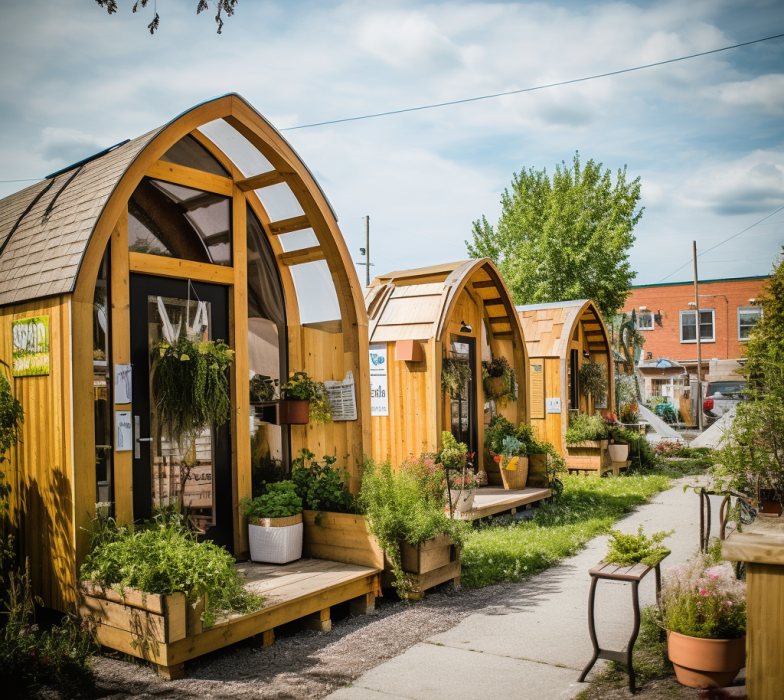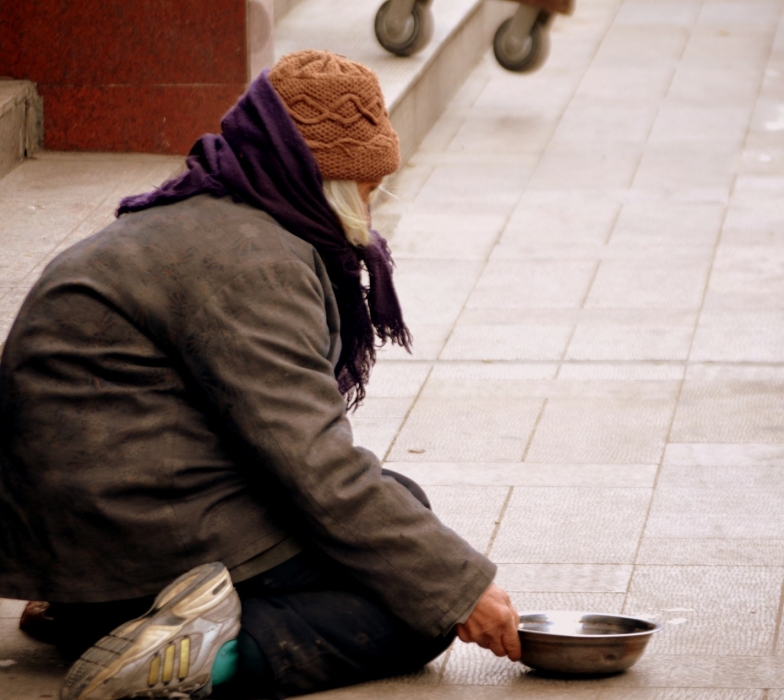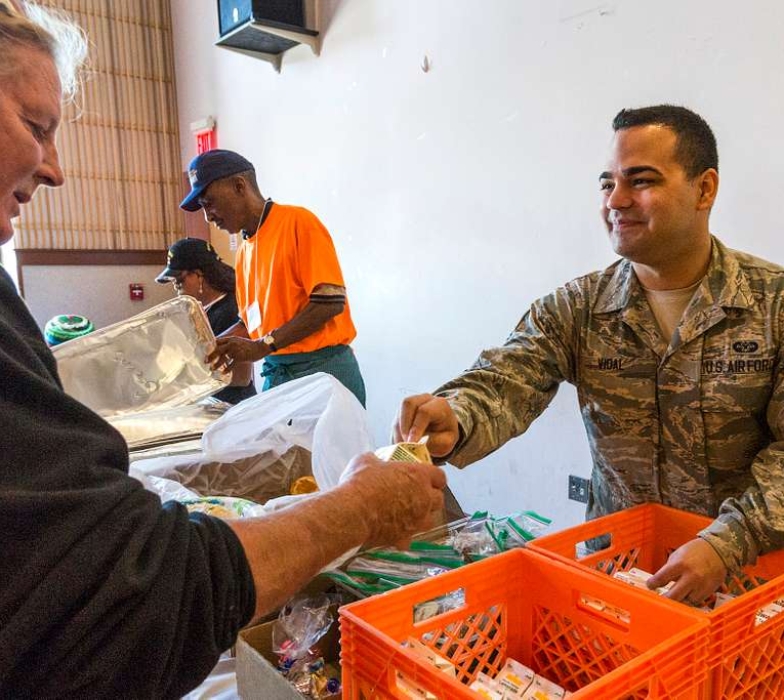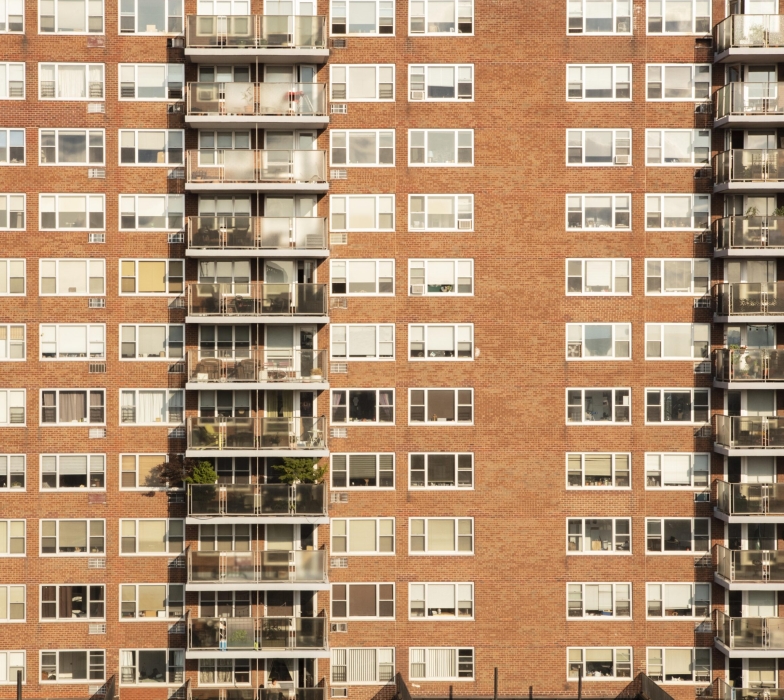15 Degrees of Homelessness
Warning: Array to string conversion in /var/www/wp-includes/formatting.php on line 1096
Home15 Degrees of Homelessness
Housing is a right, according to the UN Human Rights Office of the High Commissioner and International Law
We are all vulnerable to entering another class of homelessness that is less safe and secure than our current condition.
This classification system categorizes individuals experiencing different forms of homelessness, from those without any shelter to those in vulnerable housing conditions. By understanding the various degrees of homelessness, policymakers, service providers, and communities can develop targeted strategies and provide appropriate support to address the specific needs and challenges faced by each group.
By including in this classification system the 12th degree for Natural Disasters or Environmental Crises victims, we ensure that our understanding of homelessness is comprehensive and accounts for the various circumstances that can lead to homelessness. This updated system will provide a more accurate representation of the diverse experiences within the homeless population and allow for more effective planning and implementation of solutions to address homelessness caused by natural disasters or environmental crises.

“
"We are all one unforeseen event away from losing our current state of housing and transitioning to another less safe and secure situation "
Paul Larson
DESIGNER/FOUNDER ARC Havens
Degrees 1-5
1. Unsheltered on the Street: Individuals and families living on the streets, without any shelter.
2.Incarcerated: Individuals confined to jails, prisons, or detention centers, with a lack of stable living conditions.
3.Children in Foster Care: Minors living in temporary foster care arrangements.
4.Squatting/Unlawful Occupancy: People residing in unoccupied properties without legal permission.
5.Temporary Shelter Users: Individuals and families staying in emergency shelters or transitional housing.

Degrees 6-10
6. Undocumented Residents: Undocumented individuals potentially at risk of homelessness.
7. Vehicle Dwellers: Those whose primary residence is a car, van, RV, or motorhome.
8. Inadequately Housed: People living in overcrowded or substandard conditions.
9. Couch Surfers: Individuals staying temporarily with friends or family members.
10. Temporary Rentals: Individuals and families living in week-to-week motel rentals or boarding houses.

Degrees 11-15
11. Transitional Housing Residents: Those residing in programs designed for transitioning out of homelessness.
12. Subsidized Housing Residents: Individuals and families in affordable housing units or under housing assistance programs.
13. Disaster Victims: Those who have lost their homes due to natural disasters or environmental crises.
14. Vulnerable Renters: Renters at risk of eviction due to economic instability or other crises.
15. Vulnerable Homeowners: Homeowners at risk of foreclosure due to financial instability or unforeseen events.

Underlying Conditions
1. Housing Supply Deficit: When the number of available housing units (Y) is less than the number of individuals in need of housing (X), resulting in a deficit (Z), this shortage becomes a primary cause of homelessness. Without sufficient housing stock to meet the needs of the population, some individuals will inevitably be without a home regardless of other interventions. Addressing this supply deficit is critical to resolving the issue of homelessness on a systemic level.
2. Lack of Affordable Housing: Escalating rent burdens, overcrowding, and substandard living conditions.
3. Economic Inequality: Disparities in income and wealth lead to a portion of the population lacking the financial resources to secure stable housing, contributing to homelessness.
4. Lack of Affordable Healthcare: Without access to affordable healthcare, individuals can become financially burdened, potentially leading to loss of stable housing.
5. Inadequate Education and Job Training: Limitations in education and vocational training can lead to insufficient employment opportunities, making it difficult to afford housing.
6. Systemic Racism and Discrimination: Historic and systemic biases can create barriers to housing for marginalized communities, increasing their vulnerability to homelessness.
7. Gentrification and Urban Displacement: Rising costs of living due to neighborhood gentrification can displace low-income residents, leading to unstable living situations or homelessness.

Triggers
1. Poverty: Employment with inadequate wages leading to the inability to afford housing.
2. Domestic Violence: Abuse survivors often become homeless while fleeing unsafe environments.
3. Absence of Support Networks: Lack of family or community support systems can lead to homelessness.
4.Health Issues: Disabilities or chronic illnesses can be a barrier to stable housing.
5. Discrimination: Biases based on race, orientation, religion, or socioeconomic status affecting access to housing and employment.
6. Environmental Disasters: Increasingly frequent natural events displacing communities and impacting housing stability.
7. Pandemics: Events like COVID-19 leading to job loss, economic instability, and eviction.
8. Mental Health: Conditions like severe mental illness and substance abuse disorders complicate access to stable housing.
9. Wartime Trauma: Veterans with PTSD may experience difficulty maintaining stable housing.The triggers for homelessness are varied and complex. They include lack of affordable housing, poverty, job loss, lack of trustworthy relationships, illness and disability, domestic violence, racial disparities, climate change and pandemics such as COVID-19, and war time trauma among veterans.

Conclusion
Homelessness, a multifaceted and critical issue, is propelled by a confluence of diverse triggers that undermine the stability of individuals and communities. These causes range from the dire shortage of affordable housing and the pervasive grip of poverty, to the economic upheaval caused by job loss, the absence of robust support networks, and the debilitating effects of illness and disability. Compounded by the insidious impact of domestic violence, the scourge of racial disparities, the ongoing threat of climate change, and pandemics such as COVID-19, homelessness persists as a societal challenge that demands urgent attention.
Moreover, vulnerabilities are further accentuated for veterans grappling with wartime trauma and for populations subjected to systemic discrimination that obstructs their path to secure housing and gainful employment.
To address homelessness with the gravity it warrants, an indispensable step is confronting the underlying conditions that fuel this crisis. This necessitates a concerted effort to increase the housing supply to bridge the deficit that leaves many without a sanctuary to call their own. Elevating the priority of affordable healthcare, ensuring equitable education and job training opportunities, and dismantling the entrenched barriers of systemic racism and discrimination are crucial to establishing a foundation for housing security. A proactive stance against the forces of gentrification and urban displacement is also essential in preserving the existence of communities and preventing the spiral into homelessness.
As we acknowledge the intricate realities of homelessness, we must recommit to implementing holistic solutions that address the root causes and triggers. In doing so, our collective action can yield a future where homelessness is not a perpetual specter but a challenge surmounted by the resolute will and compassion of a society dedicated to upholding the right to housing as an inviolable human necessity.
Let’s build your new village
Learn more about our innovative and sustainable design and construction process!
